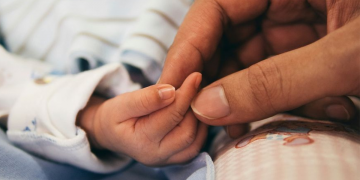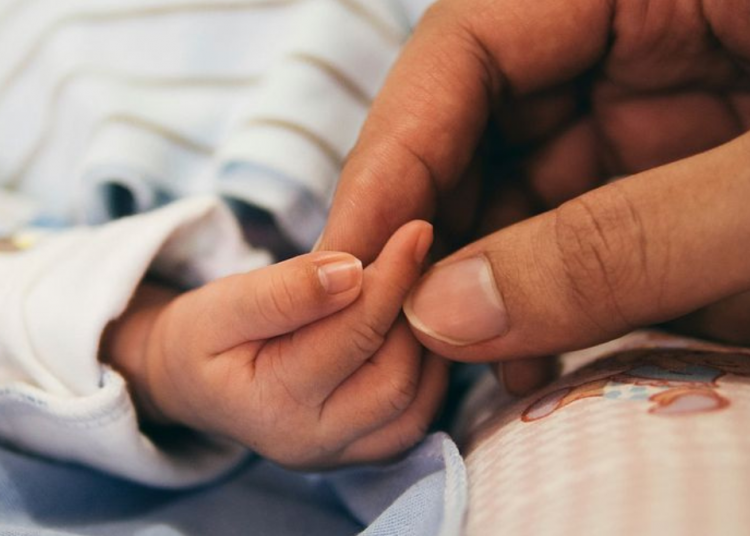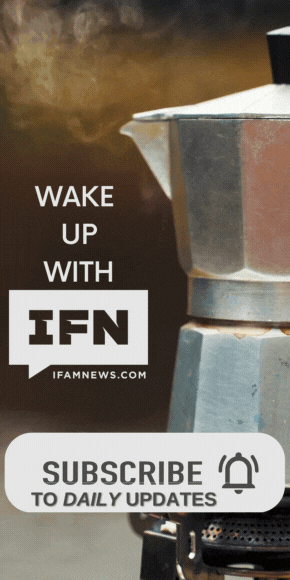Embryos created through in-vitro fertilization (IVF) are increasingly being treated as disposable items rather than human lives. A striking example of this shift is the rise of businesses that craft jewelry from “leftover” embryos—human beings conceived in a lab, later discarded or frozen indefinitely, and ultimately transformed into rings, necklaces or keepsakes.
Since the first IVF baby in 1978, tens of millions of children have been born via the technology—but many more embryos are created, frozen, graded, and screened, with only a fraction ever implanted. The rest face indefinite storage, destruction, or abandonment. In this context, some couples are choosing to end these embryos’ potential lives and convert them into wearable jewelry marketed as a “gentler way to honour what you created.”
This disturbing practice reveals troubling assumptions about human dignity and value. Embryos are being treated as raw material—objects to be used, stored, discarded, or ornamented—rather than as human beings deserving respect, protection and the chance to live.
What message does society send when it allows the remains of an embryo—a human being never given the chance to live outside the lab—to be worn as a pendant? And what happens to our understanding of parenthood, responsibility, and life if embryos can be turned into jewelry instead of being offered a chance at life or adopted?
Ultimately, this phenomenon demands fresh outrage from the pro-life movement over IVF. When the fertility industry creates embryos knowing that many will never live, and then some of those embryos are turned into personalized jewelry, we face a stark choice: either to uphold the inherent dignity of every human life—from its earliest stage—or to accept a new norm in which human beings become customizable objects of convenience.




















Discussion about this post